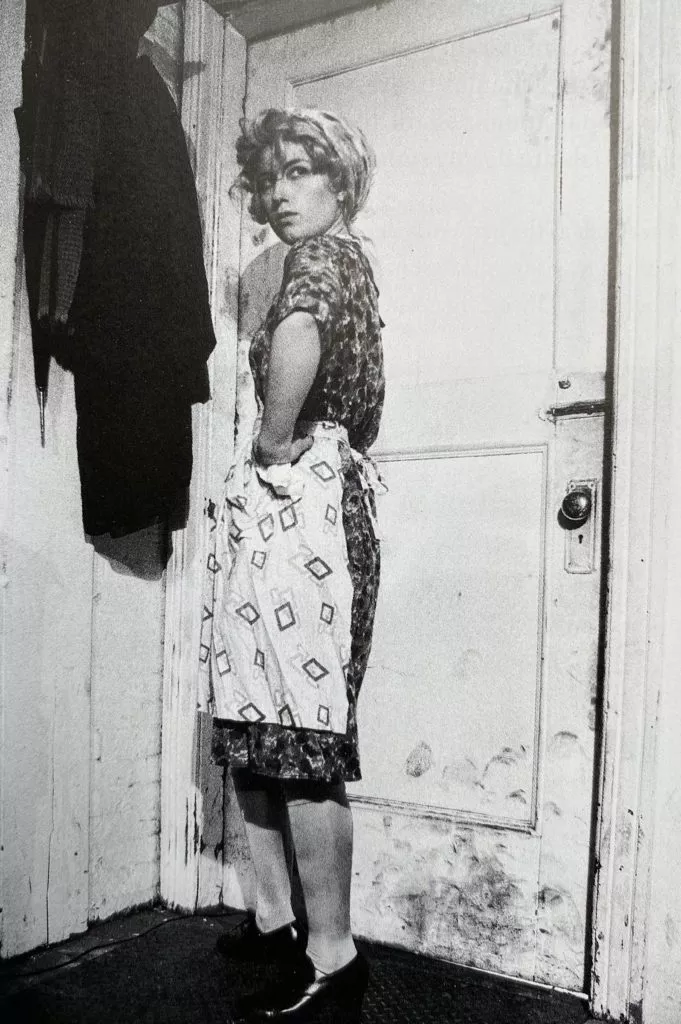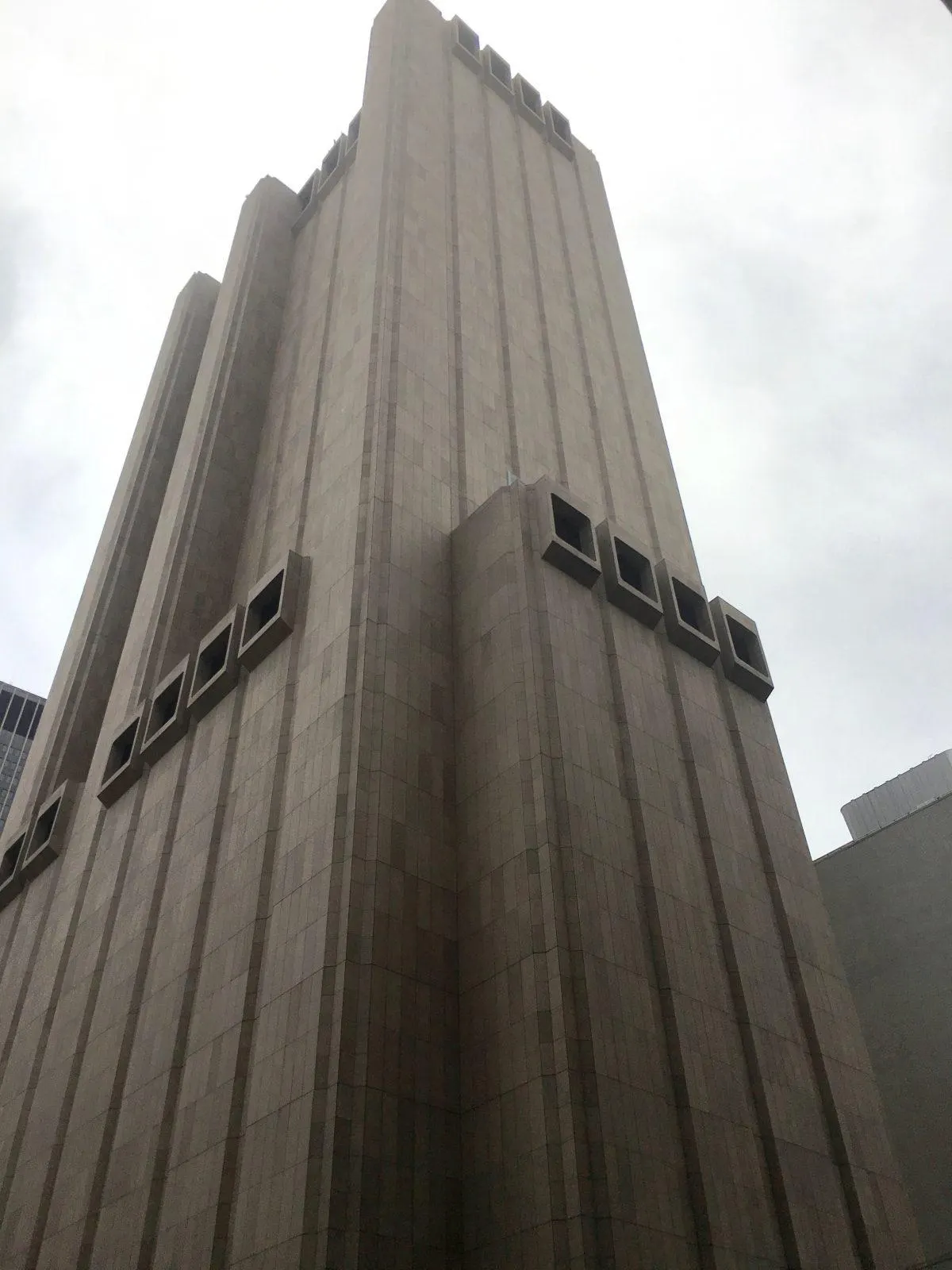Post-modernism, a riveting artistic tempest that surged in the mid to late twentieth century, presents itself as a complex retort to its predecessor - modernist movement. It dances with the shadow of conventional norms, instead donning a cloak of ironic playfulness, self-reflexivity, feminist art, conceptual art and pushing against traditions once held dear.
In the intriguing realm of post-modern art movement, there are no clear-cut boundaries or categories. Artists venture into unexplored terrains, embracing unconventional mediums, audacious techniques, and eclectic styles. They toy with the unexpected – found objects, appropriation, the blending of diverse art forms, all with an aim to rattle and dismantle the prevailing structures and ideologies. Their masterpieces are complex canvases open to a multitude of interpretations and meanings.
The influence of post-modern art, a powerful whirlwind, has made an indelible mark on the artistic landscape, shaping numerous artists and movements. It's a tale still being woven, inspiring new generations of artists to venture beyond the artistic horizons.
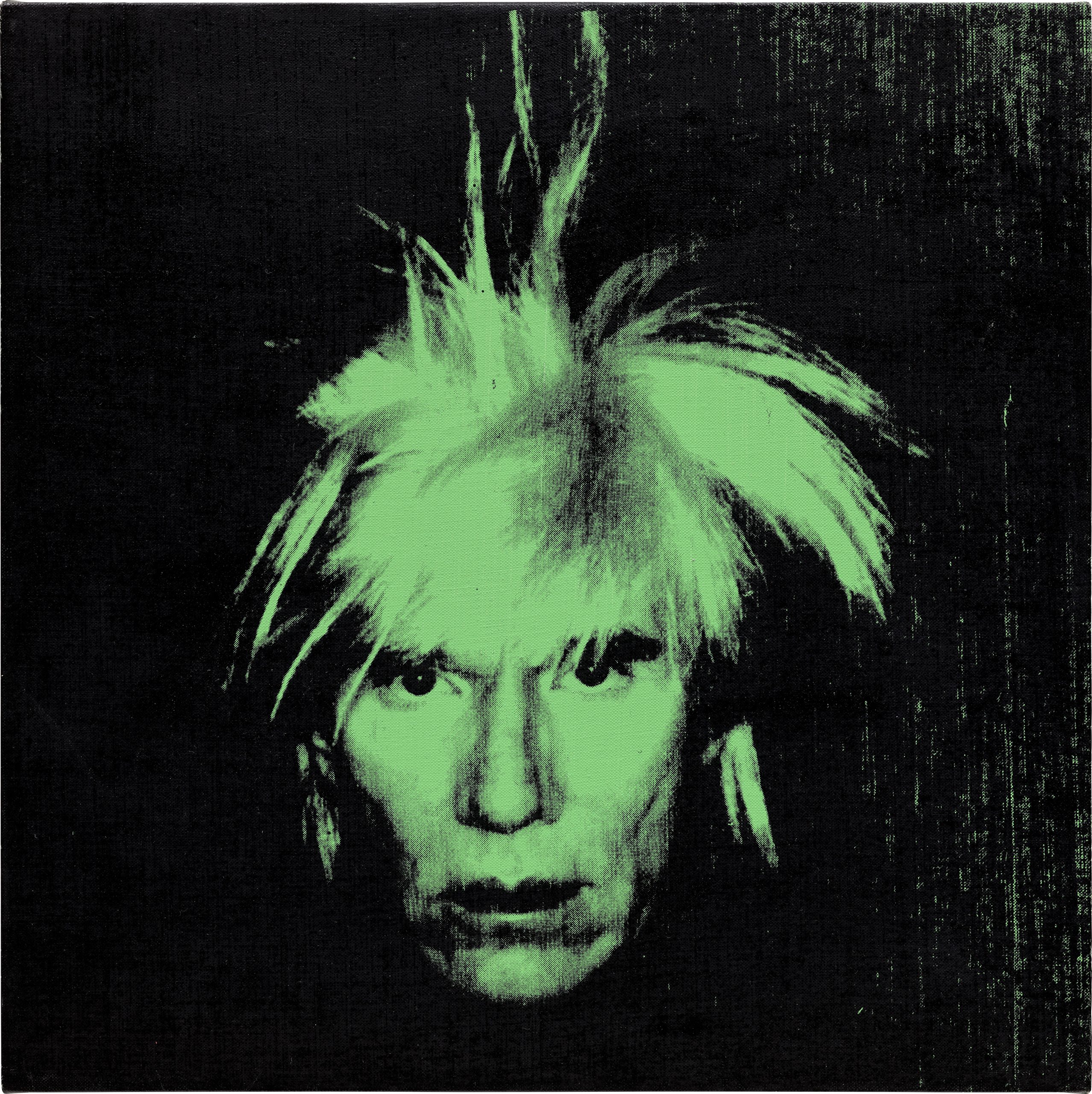
The Beginning of Postmodern Art
Postmodernism, born as a retort to the modernist leviathan that held the art world in its grip, is a compelling phenomenon. Modernism, renowned for its focus on the individual experience, forms experimentation, and a revolt against the status-quo, found its values deconstructed and its foundations questioned by the emergent postmodernism.
The inception of postmodernism can be trailed back to the era of the 1950s and 1960s, a period teeming with significant cultural and societal transitions. The architectural historian Charles Jencks coined the term postmodernism in 1975, pointing to the fresh approach to architecture surfacing then. The ethos of postmodernism rapidly permeated other domains including art, literature, and philosophy.
The realm of postmodern art shatters the idea of a singular, unified artistic style. Instead, it's an enthralling kaleidoscope of diverse styles, an infatuation with mass culture, and an exploration of the intricate dance between art and society. Artists employ a panoply of techniques and media, from painting and sculpture to photography and installation art.
Eminent figures associated with postmodern art, including Robert Rauschenberg, Andy Warhol, and Cindy Sherman, each added unique hues to this complex tapestry. Rauschenberg's "combines" blended painting and sculpture, unsettling traditional boundaries. Warhol's pop art style blurred the distinction between high art and popular culture. Sherman's potent photographs delved into identity and women's portrayal in popular culture.
In essence, the genesis of postmodern art is anchored in a period of cultural and social turmoil in the mid-20th century. As artists began to question the fundamentals of art and venture into new artistic avenues, the influence of postmodernism rippled through the art world, challenging traditional norms and fostering creativity and innovation.
Characteristics of Postmodernism
Irony and Parody
Irony and parody are characteristic features of the postmodern art puzzle. These are employed to challenge and subvert traditional artistic notions. Postmodern artists utilize pop culture elements, kitsch, and mass-produced items in their creations. They incorporate pastiche – imitation of various art styles without a dominant, cohesive style, resulting in an artistic mosaic that communicates skepticism towards a single perspective of art.
The Game of Appropriation
Another intriguing thread in the postmodern art tapestry is appropriation. Artists borrow images and ideas from other artworks, media, or popular culture, questioning the very concepts of originality and authorship. This concept is often linked
Fragmentation and Deconstruction
Postmodern art, a realm of profound diversity, places its bets on fragmentation and deconstruction. This strategy tears down the normative narratives and blueprints associated with art genres such as realism or abstraction. No longer fettered to a monolithic definition of what art should be, postmodernism espouses a plurality, interrogating everything from the very marrow of meaning to the fabric of the artistic medium itself.
Experimentation and Innovation
Standing at the epicenter of postmodern art are experimentation and innovation. Postmodernists dive into the uncharted waters of various techniques and mediums, film to performance art, installation to technology. The outcome: an array of culturally pulsating and audacious creations that dare to question the norm. Postmodern art shatters the chains of medium restrictions and stylistic guidelines, paving the way for artists to explore the boundless canvas of artistic potential.
Architecture
In the realm of postmodern architecture, the love for historical callbacks, out-of-the-box designs, and whimsical aesthetics triumph over rigidly utilitarian forms. Architects of this era have thrown open their arms to ornamentation and fluid shapes, erecting edifices that bring surprise and joy rather than merely catering to a specific function. Examples of postmodern architecture are as ubiquitous as the AT&T Building in New York City or the Centre Georges Pompidou in Paris.
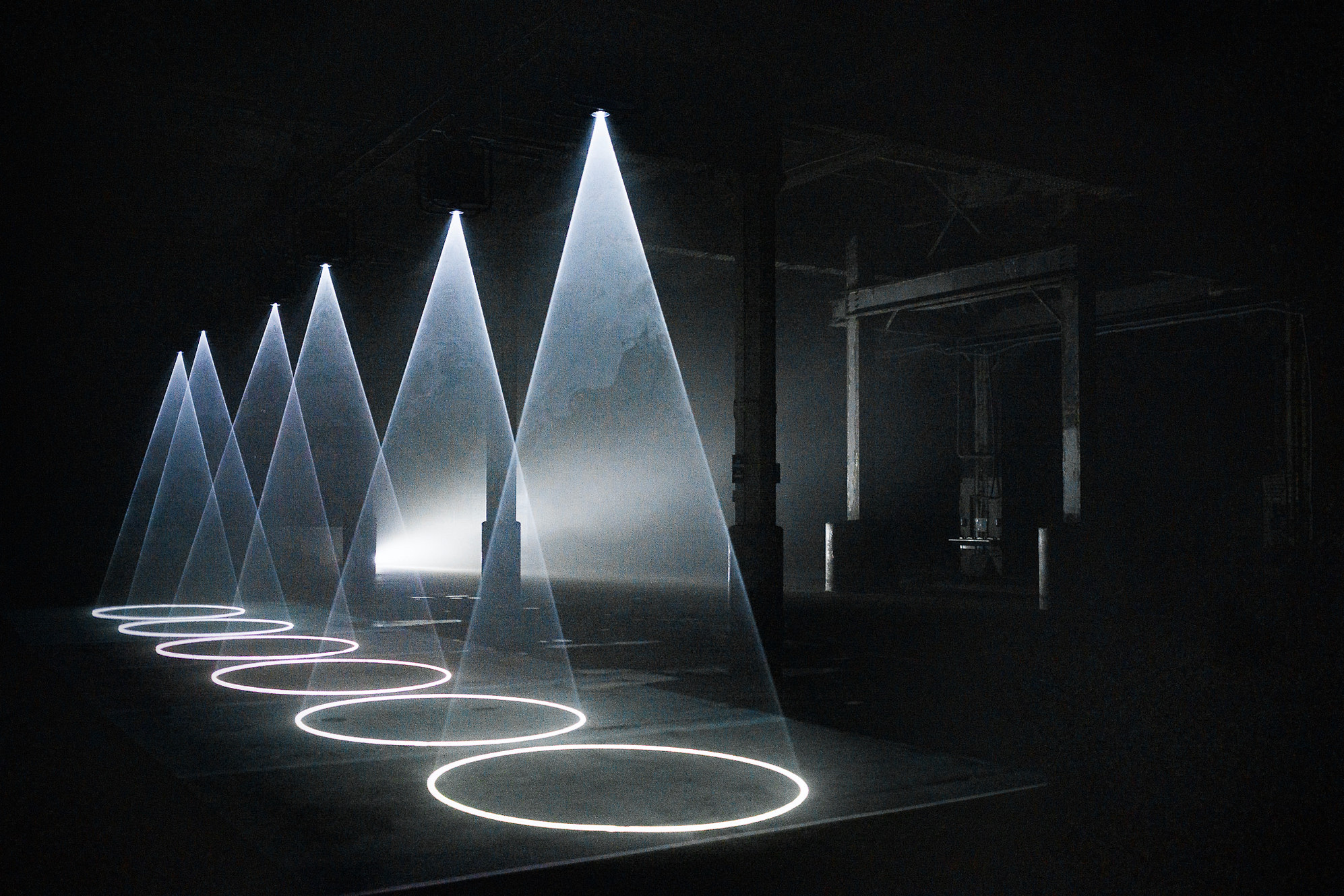
Pop Culture
The reach of postmodernism extends into the world of pop culture as well, with numerous artists and designers drawing from its thematic well and aesthetics. The application of irony, pastiche, and appropriation has become commonplace in contemporary art and design. The work of American artist Jeff Koons is a prime example, as he integrates pop culture imagery and subjects into his sculptures, creating playful yet thought-provoking masterpieces.
Technology
The influence of postmodernism seeps into technology as well, particularly in the digital media and communication sectors. The use of sampling, remixing, and collage techniques from postmodern art has catalyzed the evolution of digital media, social media, and online communities. Postmodernism has also transformed our interaction with technology, making devices and interfaces increasingly intuitive, expressive, and interactive.
Postmodern Style Versus Modern Art
Postmodern art, a mysterious entity, typically envelopes the artistry that arose post-1970s, artistry that dares to question and play with the normative confines of artistic forms and techniques. When juxtaposing postmodern art with its predecessor, modern art, a significant variation emerges in their treatment of tradition. Modern art took a bold stance, severing ties with traditional art forms, introducing innovative styles and techniques. On the contrary, postmodern art builds on these foundations and then dives headfirst into their deconstruction.
An unmistakable divergence can be spotted in postmodern art's embrace of irony and pastiche, quite unlike the golden pedestal on which modern art placed authenticity and originality. Postmodern artists often dabble in parody, referencing other artistic creations, chiseling out a novel piece in the process. This aspect may make deciphering the meaning of a postmodern work an intriguing puzzle, especially without the context of its references.
Stylistically, postmodern art often presents itself as a jumbled spectacle, a melting pot of multiple styles and forms that converge and diverge to breathe life into something unprecedented. Its counterpart, modern art, frequently wielded a purer aesthetic, venerated geometric forms, and underscored the beauty of minimalism.
A hallmark of postmodern art lies in its engagement with politics and societal issues, a striking departure from modern art, which primarily aimed to manifest as a purely aesthetic experience. Postmodern artists, for instance, frequently employ their art to critique elements such as consumerism, colonialism, and various political ideologies.
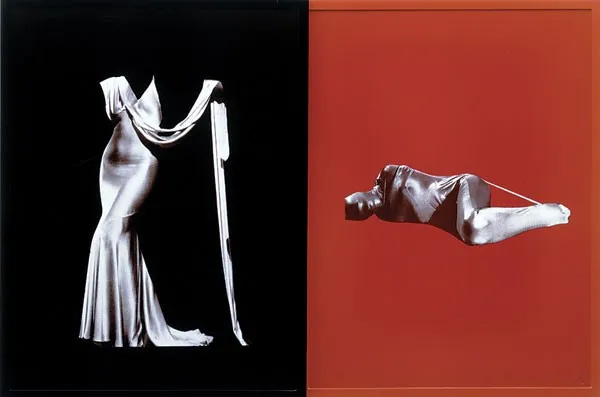
Postmodern Artists
Postmodern art emerged, erupting onto the scene in the 1970s, shattering the glass of traditional aesthetics and paving the way for a new era including the young british artists. This quake of new art or postmodernist art has echoed through the corridors of time, reverberating within contemporary artists. These modern maestros, intertwined with philosophic, politic, and societal affairs, delve into the labyrinth of artistic strategies and techniques. Let's voyage into the universe of these contemporary artists, orbiting around the gravitational pull of the Postmodern movement and its innovations.
Cindy Sherman: A Chameleon
Cindy Sherman, a luminary beacon of postmodernism influence, carved her reputation through self-portraits. Sherman's photographic ventures are paradoxical: they portray female stereotypes whilst subtly undermining them. Her artistry is a series of metamorphoses where she becomes various characters, each one dissecting societal and cultural projections of femininity. Thus, her oeuvre dismantles age-old concepts of gender and identity.
Barbara Kruger: The Word-Sculptor
Another contemporary virtuoso under the postmodernism canopy is Barbara Kruger. As a conceptual artist, Kruger uses the tools of language and mass media imagery to sculpt her art. Her work is a labyrinth of feminism, politics, and power. Her most striking pieces come emblazoned with bold slogans like "Your Body is a Battleground" and "We Don’t Need Another Hero," emphasizing the narratives of individualism and empowerment.
Jeff Koons: The Pop Art Puppeteer
Renowned for his pop art inspired sculptures, Jeff Koons dominates the postmodern art world. His artistic journey traverses across multiple mediums, like painting and sculpture. Koons's oeuvre, primarily collaborative ventures with expert artisans from diverse disciplines, features kitsch elements, mass-produced commodities, and ubiquitous imagery. His work often fuses with computer technology to create its mirror-like surfaces.
Takashi Murakami: The Superflat Samurai
Takashi Murakami, an influential contemporary artist, resonates profoundly with Japanese popular culture and the rich tapestry of Japanese art history. His creations are a kaleidoscope of colour, whimsy, and intricate detailing. Murakami champions a "Superflat" aesthetic, challenging and negating hierarchical distinctions between high and low culture.
Post modernist art continues its sway over contemporary artists who are pioneering new artistic practices and techniques. These artists aim to stretch the art spectrum to encompass more heterogeneous forms, blurring the lines of what previous artistic generations might have deemed acceptable.
Postmodern Art Movements
Conceptual Art
Conceptual art, often a cornerstone of postmodernism, challenges the viewer to reassess what "art" really is. It's a provocative whirlwind designed to stir, agitate, or even affront the traditionally held perceptions of art, often landing it in the eye of controversy. Notable pathbreakers of this terrain include Duchamp, John Cage with his avant-garde 4' 33" composition, where the "music" manifests as the ambient sounds perceived by the audience, and Rauschenberg with his Erased De Kooning Drawing. A significant trait of conceptual works is the postulate that perceiving an object or act as art is what births the artwork, negating the need for intrinsic qualities in the work itself.
Installation Art
Considered a crucial wave within the postmodern art sea, crafts artifacts with cerebral elements. A case in point is Jenny Holzer's signs work of art, blending artistic devices to transmit blatant messages. Installation art is instrumental in guiding the choice of spaces in contemporary art museums, as it often comprises colossal works that mingle constructed and found objects in gigantic artistic collages.
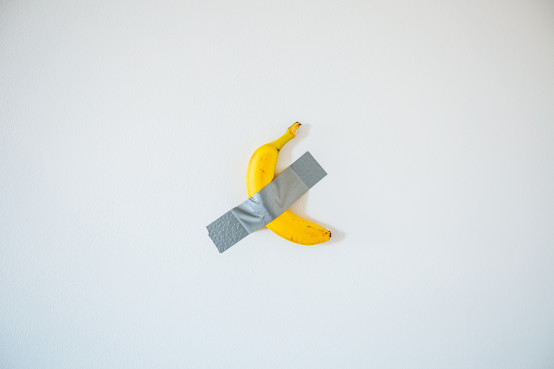
Low Art
The Lowbrow movement, emerging from the underground comix universe, punk music, and various other subcultures from California, also goes by the name of pop surrealism. The movement underscores a key postmodern theme - the melting away of barriers between "high" and "low" art.
Digital Art
Digital art is a new art form that weaves digital technology into its fabrication or presentation process. The onset of digital technology has flipped the traditional practices like painting, drawing, sculpture, and sound art, while giving birth to new forms such as net art, NFTs, digital installation art, digital art prints and virtual reality.
Neo-expressionism
The late 70s and early 80s bore witness to a resurgence of conventional forms of sculpture and painting via the works of Neo-expressionist artists such a Basquiat. This has been recognised as a postmodern inclination and one of the initial coherent movements to germinate in the postmodern era.
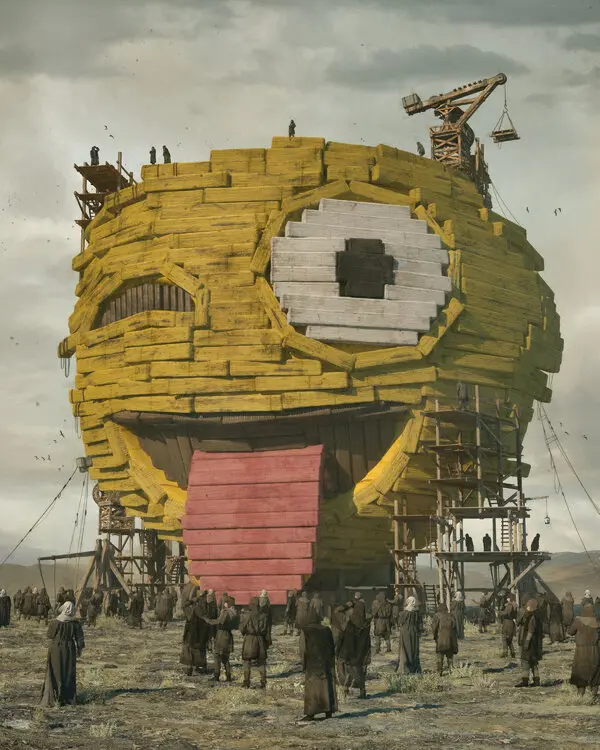
The Future of Post Modern Art
Postmodern art, a movement that ceaselessly questions the norms and values of traditional art forms, relishes its freedom to be experimental, occasionally humoristic, and at times controversial. It stirs debate and its future stands as tantalising as its past.
Here are some potential trajectories for postmodern art's future:
Technology - as technology permeates our lives, it seeps into the artistry of this new epoch. The future canvas of postmodern art might incorporate technologies such as virtual reality and artificial intelligence, birthing new expressive forms.
Global diversity - postmodern art's narrative has largely been penned by Western nations such as the USA and the UK. However, the future might introduce a diverse palette of artists and artworks from around the globe, with distinct perspectives and approaches.
Sustainability-driven - environmental consciousness and climate change concerns are burgeoning. Future postmodern art may evolve to focus on sustainability and material reuse, embracing environmentally friendly techniques.
Interactive participation - the 21st century heralds the rise of participatory culture, with audiences craving a deeper involvement in artistic experiences. Future postmodern art may spawn more interactive and participatory works, ensnaring viewers in a profound, meaningful dialogue with art.
Detachment exploration
- the digital age, with its internet and social media prowess, shapes our communication and world perception. Future postmodern art may journey down this path, exploring themes of apathy, disconnection, and detachment from reality and our emotional landscape.

